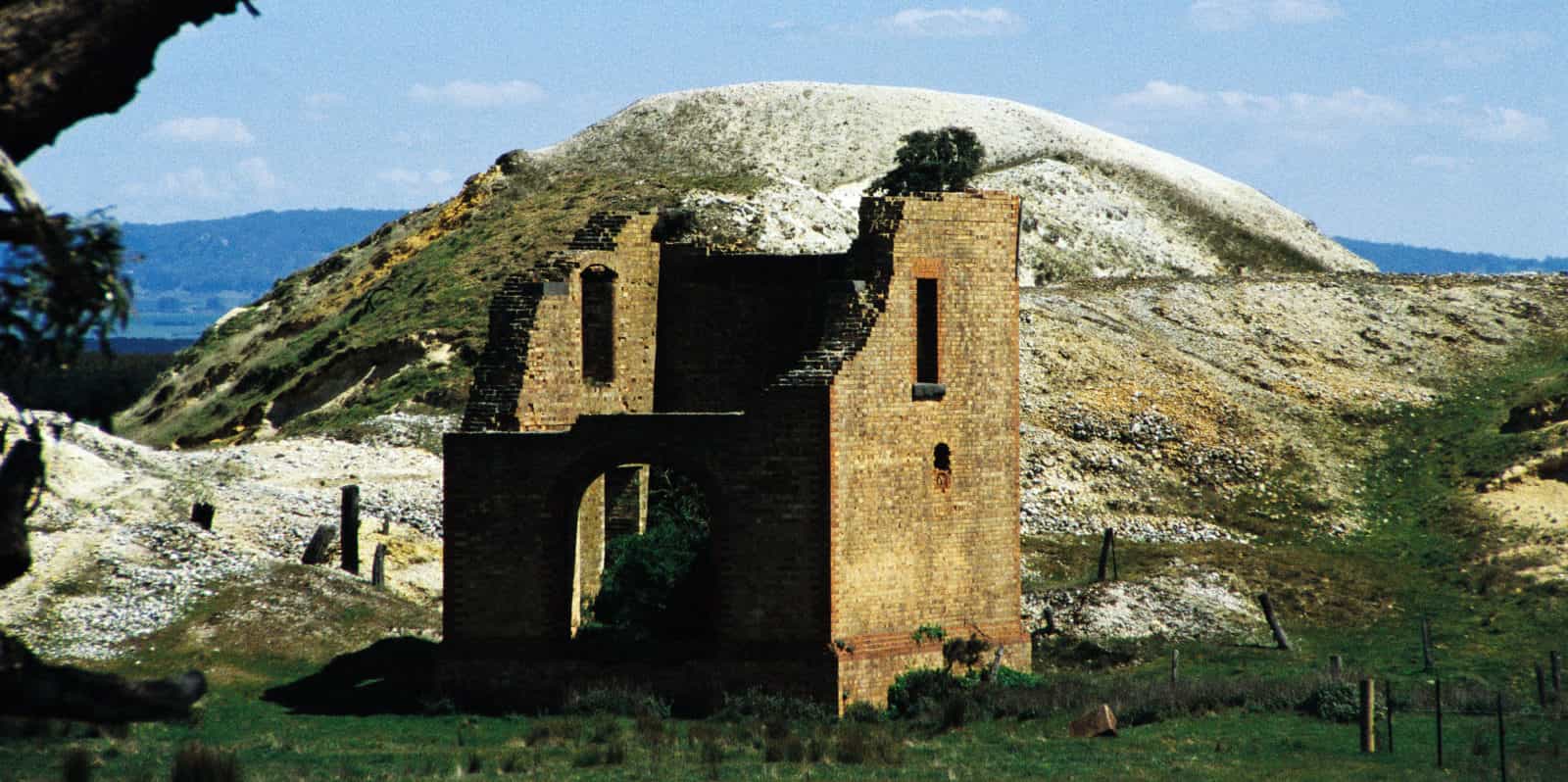Discovery of Gold
Word that gold had been discovered in Victoria in 1851, travelled across the world quickly. As letters and rumours circulated throughout the world, huge numbers of men started for Australia eager to make their fortune. Before the rush it had been difficult to attract immigrants to Victoria, but now the price for single men was raised by one pound in an effort to get more women and family men to come to Australia. By the end of 1851 over 30 000 immigrants had arrived. They came from Britain, Europe, America and China.
Between 1851 and 1861, Victoria grew from a new colony of 76 000 people to the largest and most prosperous with 540 000 people – 45 per cent of the Australian population. At the end of the decade Chinese people made up eight percent of Victoria’s population, and formed over 20 percent of the goldfields population.
As a result of the gold rush, Melbourne became the financial centre of Australia and New Zealand. Between 1901 and 1927, Melbourne was the capital of Australia while Canberra was under construction. It was also the largest city in Australia at the time.
The colony and state of Victoria provided the impetus for the Commonwealth of Australia and the basic institutions of national life. The pastoral wealth of Victoria, then the gold rush, the mercantile enterprises that followed created a society of remarkable capacity….The rapid advances of democracy made us a social laboratory. Victoria and Melbourne were the vanguard of the nation.” (Professor Stuart Macintyre, Inaugural Chair of the History Council)
